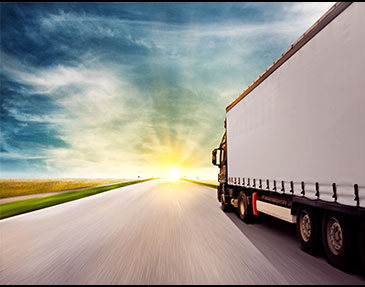Did you know?
This month, we have some interesting facts about lorries and road haulage for you:
This September will be the fourth year of UK National Lorry Week. It will be from September 15-21 and it’s organised by the Road Haulage Association (RHA), with events all over the country. In America each September they have National Truck Drivers’ Appreciation week.
According to the RHA 80% of all goods transported by land in Gt Britain are moved directly by road, and cover 98% of all food, agriculture and consumer products. The rest are likely to need transport by lorry at some point in their journey.
That means that 85% of everything we buy, eat, wear and use is moved by a UK-registered lorry. The amount of beer carried by UK lorries in a year would be enough to fill Wembley stadium.
The industry employs 2.54 million people (equivalent to half of Sweden’s total population) and is the UK’s fifth largest industry, contributing £124 Billion in Gross Added Value to the economy. Not only that but each 44 tonner contributes around £60,000 a year in fuel duty and VAT.
13% of all road haulage workers are self employed and there are approximately 285,000 HGV drivers in the country. However, only 1.2% of them are female.
The first ever female driver to have a commercial truck driving license was an American woman called Lillie McGee Drennan, who got her licence in 1929.
Potholes, pollution and petrol
Car drivers regularly complain about the damage potholes on our roads can do to their car’s suspension. The RHA, has criticised the state of UK roads and says that 20% of them are five years away from being unusable. Imagine what that could do to the undercarriage of a lorry, when you consider the average HGV will cover around 2000 miles every week.
Recently, oil prices have shot up and most car owners will have noticed the difference. But did you know, diesel fuel costs approximately £1,000 per week per lorry?
However, in terms of pollution and emissions while overall car pollution has not changed much in 20 years, due to better design and technology modern lorries emit just t 5% of the pollutants they were responsible for 20 years ago.

